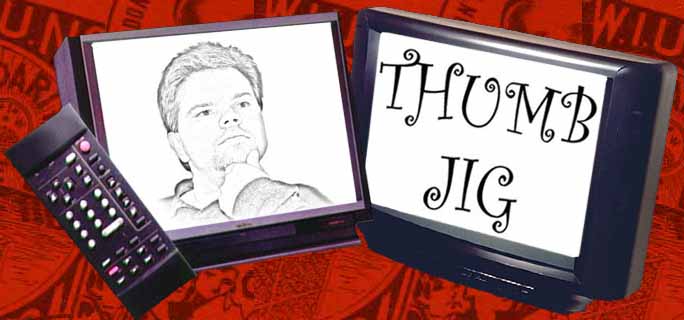(http://www.thesimpledollar.com/2009/07/23/the-cost-of-free/)
Chris Anderson’s most recent book, Free, argues that the future of many forms of commerce revolve around giving away their products to consumers without any financial cost to the buyer. Anderson believes pretty strongly in this principle - in fact, you can read the full book for free over at Scribd.
I agree strongly with Anderson, actually, It’s hard to beat “free” in the eyes of a consumer. My free “Everything You Ever Really Needed to Know About Personal Finance On Just One Page” has been downloaded roughly 35,000 times, while my $2 “31 Days to Fix Your Finances” document has been downloaded about 2% as often (and has been available for longer). The difference? Free versus $2.
Many people seem to view free things as a tremendous bargain. There are countless “freebie” websites out there that will gladly point you in the direction of free things - product samples and the like. Visiting a grocery store on a Saturday afternoon will often load you up on free samples, especially if you go to a warehouse club like Costco or Sam’s Club. There’s mountains of free content online - you don’t have to pay a dime to read The Simple Dollar or virtually any other blog, and most media sources have large websites with lots of free content.
I don’t view them as a bargain at all. Instead, it’s just another type of value exchange - the consumer pays a cost, but not directly out of their wallet.
Take the free grocery store samples, for example. These samples are given away as an enticement to get you to buy something impulsively. The items that are sampled often have a nice fat profit margin for the store, so not only are you buying something you didn’t want, you’re overpaying for the item, too. “Well, I’m not going to buy it…” If that’s true, it’s not in the economic best interest of the store to give away the sample. Samples are free, but they result in elevated prices and impulse buys for you.
What about product freebies? Fill out a form and get free stuff in the mail, right? Sure, you can get a four pound bag of dog food for free, but then you’ll find yourself with a mailbox full of advertisements for the product, coupons for the product, constant visual reminders to buy the product. You might get a free item to use, but you give away some of your mindspace to a product that you’re interested in enough to actually go get the freebie. Companies that do this do it because they have a huge advertising budget, and that huge advertising budget comes from the difference between the value of the product and the price you pay.
What about the dentist? The dentist gives me a free toothbrush every time I visit, right? How can that be bad? The reason a business gives away a freebie is to get repeat business, and their margins are fat enough that they can advertise by giving away their product. Your dentist gives you a toothbrush because it’s a reminder of the dental visit and it subtly encourages you to go back. The toothbrush manufacturers give (or sell at extremely low cost) toothbrushes to dentists because it gets that brand’s foothold in your house. Again, you pay the cost by becoming accustomed to a particular product.
This blog is yet another example. I write these articles and give them to you to read for no financial cost. However, the site is supported by advertisements. Advertisers pay me to place ads on the site in the belief that you’ll either click through to investigate the product or the name/image of the product will stick in your mind. Without their support, The Simple Dollar couldn’t run. In effect, you “pay” the cost by seeing those little ads on the site. It’s very similar to why some magazine subscriptions are lower than the cost of shipping them to you, like a subscription to Entertainment Weekly or Real Simple for $5.
Freebies aren’t a bad thing. We have a free calendar on our wall and mostly use free pens from hotels. Freebies can provide enough usefulness to overcome their drawbacks for you (for example, hundreds of thousands of Simple Dollar readers must feel this way).
But it’s important to recognize that a free item isn’t free. You’re always exchanging something for it - ads in your visual area (like those on freebie pens), product familiarity, or inflated prices.
There is no such thing as a free lunch.
Saturday, July 25, 2009
The Cost of Free
Labels:
Advertising,
Economics,
Freemium,
Mindspace,
The Cost of Free
Subscribe to:
Post Comments (Atom)


No comments:
Post a Comment